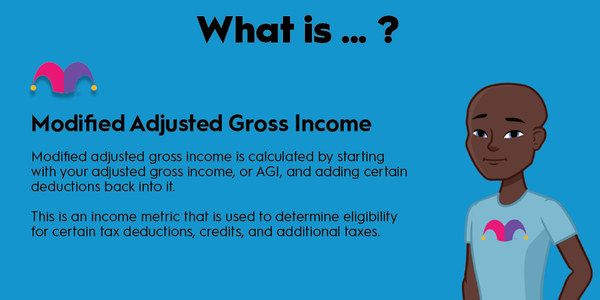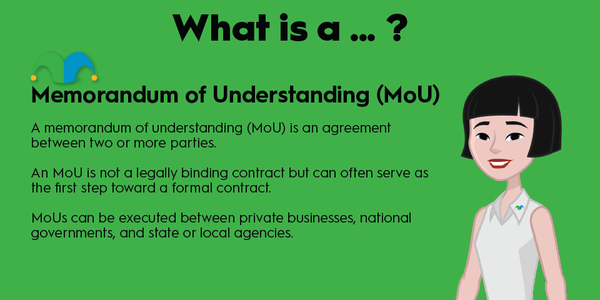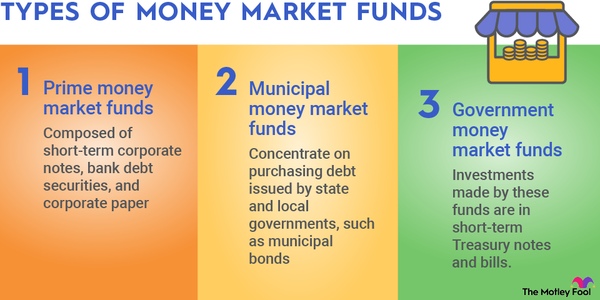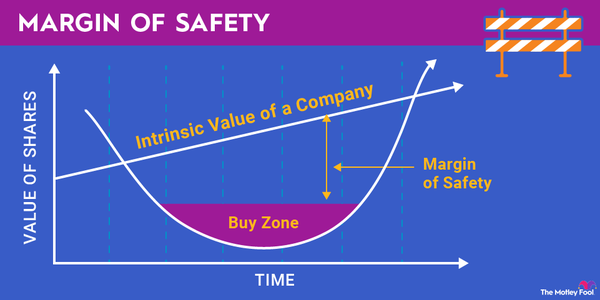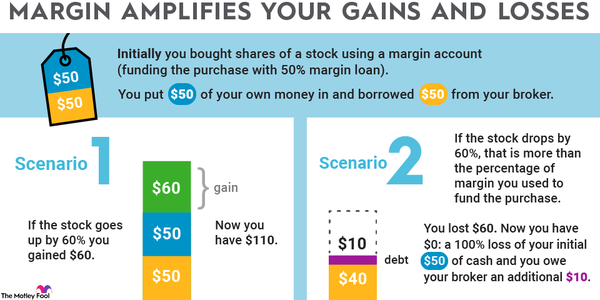Monopolistic competition is a kind of market dynamic that describes many of the industries we encounter every day.

In monopolistic competition, an industry includes a large number of sellers that offer similar but not identical products. Businesses in monopolistically competitive markets tend to compete on price, quality, marketing, customer service, and other such factors.
How does monopolistic competition work?
How does monopolistic competition work?
By definition, monopolistic competition refers to a market with a large number of companies competing against each other. These industries tend to have low barriers to entry, and competitors aim to differentiate themselves in various ways, such as through location, packaging, or the product itself.
Some examples of markets based on monopolistic competition include restaurants, clothing stores, service businesses like auto mechanics, and convenience stores.
Is monopolistic competition good?
Is monopolistic competition good?
Monopolistic competition is one type of market structure that falls on a spectrum ranging from perfect competition to monopoly.
In general, the closer an industry is to a perfect competition, the better it is for consumers. The closer the industry is to a monopoly, the better it is for businesses.
Because monopolistic competition encourages competition among a large number of businesses with low barriers to entry, it may be the best market structure for both businesses and consumers. For companies, it provides the opportunity to compete and succeed by adequately differentiating themselves from their competitors. For consumers, it provides a wide range of options and prices that are generally competitive due to the large number of operators and businesses offering similar products.
What other kinds of market structure are there?
What other kinds of market structure are there?
There are four major kinds of market structure. In addition to monopolistic competition, there are perfect competition, oligopoly, and monopoly.
Most industries are either monopolistic competitions or oligopolies; there are fewer examples of perfect competition and monopoly.
In a perfect competition, products are identical, there are no barriers to entry, and buyers have perfect information, meaning prices are set by the market rather than companies. The best examples of perfect competition are some commodity markets for things like agricultural products and raw materials.
Oligopoly is defined by a handful of large competitors. Because there are fewer competitors, barriers to entry tend to be high and there is less price competition. One example of an oligopoly market is the media. There are a few big media companies that dominate the market for television and video entertainment, including Netflix (NFLX 0.03%), Disney (DIS -8.78%), and Warner Bros. Discovery (WBD 0.31%). These are large companies, and you would need a lot of capital to compete with them. Airlines are another example of an oligopoly.
Finally, in a monopoly, one company has dominant market share, allowing it to create large barriers to entry and earn wide profit margins. One example of a monopoly is Alphabet’s (GOOG 1.37%)(GOOGL 1.35%) Google Search, which has more than 90% market share in many of its markets, which has made it one of the most profitable businesses in the world.
Example of monopolistic competition
What’s an example of monopolistic competition?
One example of monopolistic competition is the restaurant industry. Let’s say you want to buy a hamburger. You have a wide range of choices across different price points. You could go to a fast-food restaurant, a bar and grill, a full-service restaurant, or even an upscale restaurant. They will all offer similar, but not identical, products.
These places are all competing with each other to sell you a hamburger, and the multitude of options will ensure that prices are competitive and reflective of the costs required to make a hamburger.
Understanding monopolistic competition and other market structures can help you make better decisions as an investor. In general, it’s better to invest in industries that lean toward monopoly, but that’s not always true. Even in a monopolistic competition, some businesses can stand out by differentiating their products, allowing them to earn bumper profits.
It’s also worth paying attention to consolidation trends in individual industries since markets can change over time as the market evolves and new entrants come in or others leave.
As we look forward to the next bull market, it’s a good idea to review monopolistic competition and the other market structures so you know what market dynamics will affect the stocks you own.


